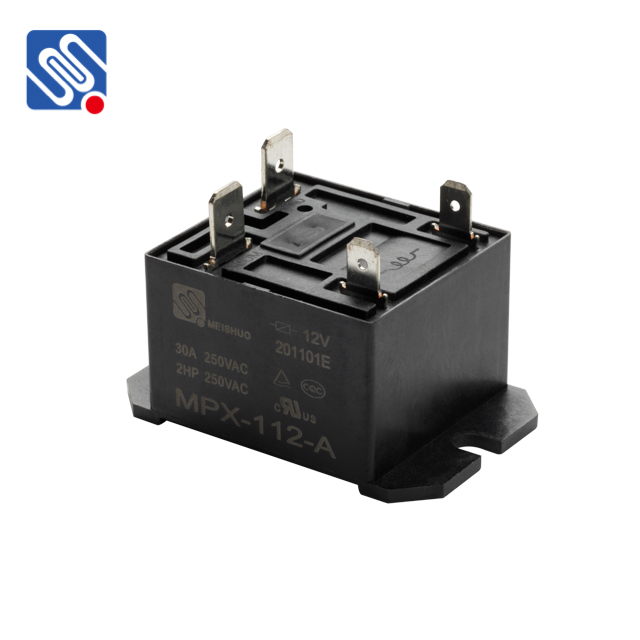Relays are essential components in various industries, serving as electrically operated switches to control circuits. Whether in industrial automation, automotive systems, or power distribution, relays play a pivotal role in ensuring smooth, reliable, and safe operations. As such, the relay industry follows specific standards to guarantee that these components perform efficiently, safely, and in compliance with regulatory requirements. This article explores the importance of relay industry standards and the key standards that govern their design, functionality, and testing.

The Role of Relay Industry Standards Relay industry standards serve several purposes. First and foremost, they establish the technical specifications necessary for ensuring that relays perform their intended functions reliably under various conditions. These standards also help manufacturers produce high-quality products that meet safety regulations, protecting both end-users and the equipment. Moreover, the standards provide a common framework for testing and validating relay performance, ensuring consistency and compatibility across different industries and applications. As relays are critical components in power distribution, industrial automation, and even automotive systems, the failure of a relay can have catastrophic consequences. Therefore, adherence to established standards helps minimize the risk of such failures and ensures that the relays operate correctly and safely throughout their lifecycle.